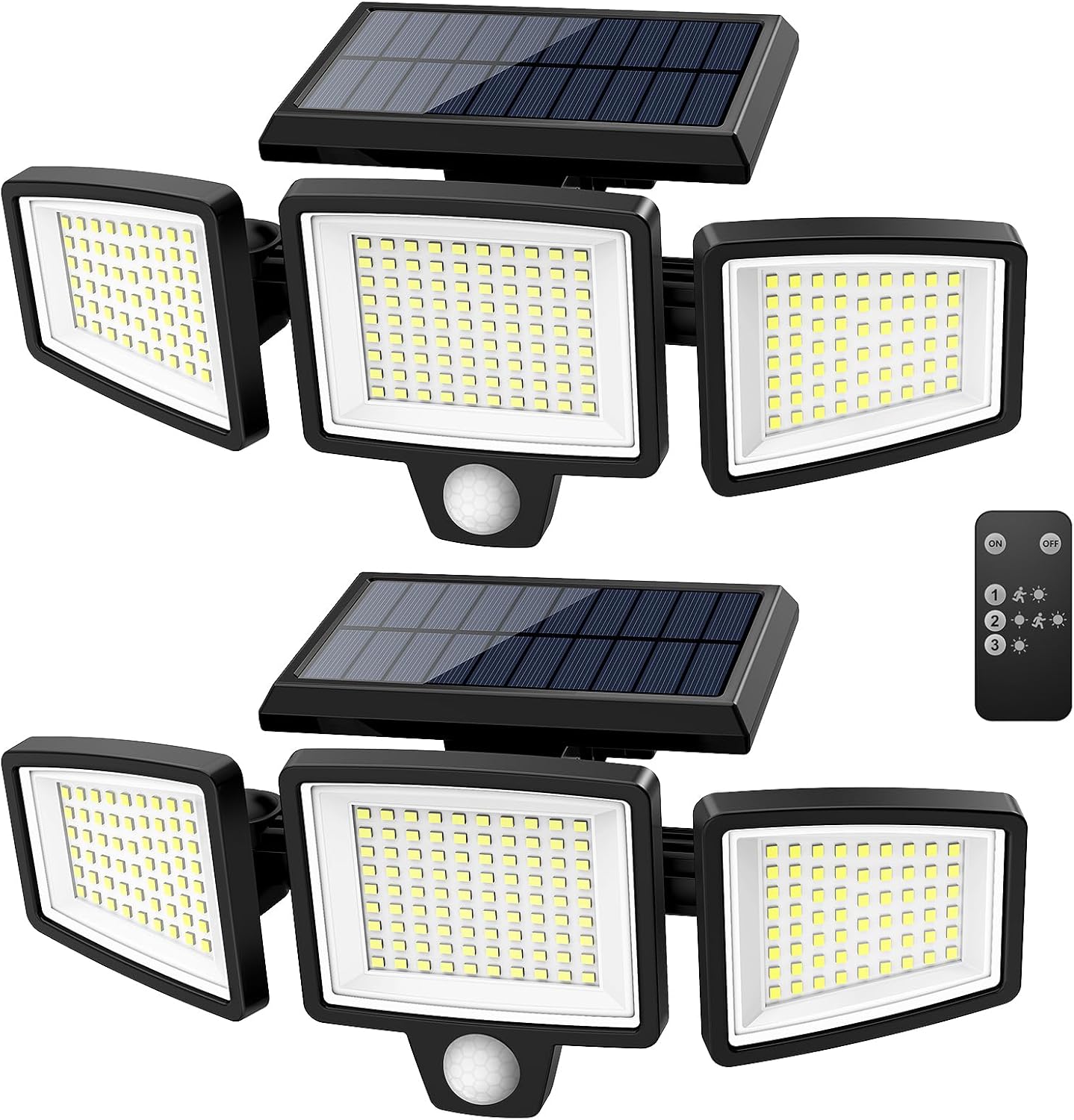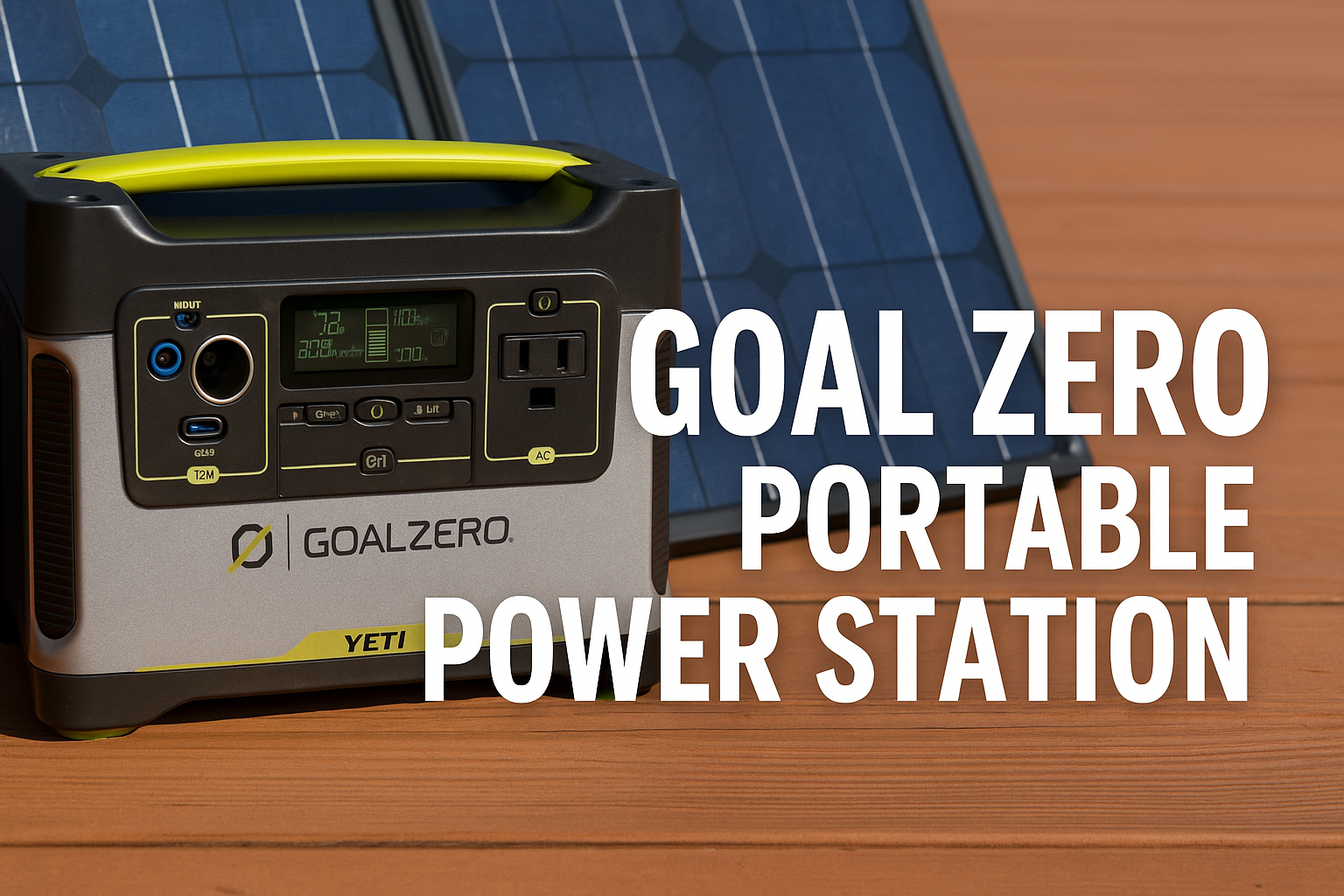When investing in solar pathway lights for your outdoor space, understanding their nightly performance is crucial for making informed decisions. The burning question most homeowners ask is: exactly how long will these lights illuminate my walkway each evening? While the answer varies based on multiple variables, this detailed analysis will provide you with everything you need to know about solar pathway light duration.
The Short Answer: Expected Nightly Performance
Most solar pathway lights deliver between 6-12 hours of continuous illumination per evening once fully charged. However, this range represents ideal conditions, and real-world performance often varies significantly. Entry-level models typically provide 4-8 hours of light, while premium units can operate for 10-15 hours under optimal circumstances.
The actual duration depends on numerous interconnected factors that we’ll explore throughout this comprehensive guide.
Solar Pathway Light Mechanics: The Foundation of Performance
The Daily Energy Cycle
Solar pathway lights operate on a predictable daily rhythm that directly impacts their evening performance:
Morning to Afternoon (Charging Period) The integrated photovoltaic panel captures sunlight and converts it into electrical energy, storing this power in the internal rechargeable battery. Peak charging occurs during midday hours when solar irradiance is strongest.
Dusk Activation An automatic light sensor recognizes decreasing ambient light levels and triggers the LED activation system. This typically occurs 30-45 minutes after sunset, depending on the sensor’s sensitivity settings.
Nighttime Operation The stored battery energy powers the LED array throughout the dark hours. The light output gradually dims as the battery charge depletes, with most units maintaining consistent brightness for 70-80% of their total runtime.
Dawn Deactivation As morning light increases, the photosensor automatically switches off the LEDs and resumes the charging cycle.
Internal Components That Determine Runtime
Solar Panel Efficiency Modern pathway lights utilize crystalline or amorphous silicon panels ranging from 2V to 6V capacity. Panel size and quality directly correlate with charging speed and ultimate battery capacity.
Battery Storage Systems The heart of runtime performance lies in the rechargeable battery system. Contemporary models employ three primary battery technologies:
- Nickel-Metal Hydride (NiMH): Standard in budget models, offering reliable performance with 300-800 mAh capacity
- Lithium Iron Phosphate (LiFePO4): Premium option providing superior longevity and cold-weather performance with 800-2000 mAh capacity
- Lithium-Ion: High-performance batteries delivering exceptional energy density and extended operational life
LED Array Configuration Light-emitting diode efficiency significantly impacts power consumption. High-quality LEDs produce more lumens per watt, extending operational time while maintaining brightness levels.
Critical Variables Affecting Nightly Duration
Geographic and Seasonal Influences
Latitude Impact on Performance Your geographic location fundamentally affects both charging potential and required operational duration:
- Northern Regions: Shorter winter days limit charging time while requiring longer nightly operation
- Southern Locations: More consistent year-round solar exposure provides stable performance
- Equatorial Areas: Minimal seasonal variation offers predictable 12-hour day/night cycles
Seasonal Performance Fluctuations
Winter Challenges (December-February)
- Reduced daylight hours limit daily charging to 4-6 hours
- Cold temperatures decrease battery efficiency by 20-40%
- Snow and ice can block solar panels, further reducing charging capacity
- Expected runtime: 3-6 hours nightly
Spring Recovery (March-May)
- Increasing daylight hours improve charging conditions
- Moderate temperatures optimize battery performance
- Clear weather patterns enhance solar collection efficiency
- Expected runtime: 7-10 hours nightly
Summer Peak Performance (June-August)
- Maximum daylight exposure provides optimal charging conditions
- Warm temperatures enhance battery capacity and efficiency
- Consistent weather patterns ensure reliable daily charging
- Expected runtime: 10-14 hours nightly
Fall Transition (September-November)
- Decreasing daylight begins to impact charging capacity
- Variable weather introduces performance inconsistencies
- Temperature fluctuations affect battery stability
- Expected runtime: 6-9 hours nightly
Environmental Factors and Placement Optimization
Sunlight Accessibility Requirements Optimal performance requires unobstructed access to direct sunlight for minimum 6-8 hours daily. Common obstacles that reduce charging efficiency include:
- Overhanging tree branches (seasonal leaf coverage)
- Building shadows during peak sun hours
- Decorative landscape features blocking panel access
- Accumulation of debris, dust, or organic matter on panel surfaces
Microclimate Considerations Local environmental conditions significantly influence performance:
Humidity Levels: High moisture environments can affect electronic components and reduce overall efficiency over time.
Wind Exposure: Constant wind can cool LED components and batteries, potentially extending operational life but may also introduce debris that blocks solar panels.
Altitude Effects: Higher elevations receive more intense solar radiation but experience greater temperature fluctuations between day and night.
Technical Specifications That Matter
Battery Capacity Analysis Understanding milliamp-hour (mAh) ratings helps predict realistic runtime expectations:
- 300-500 mAh: Budget models providing 4-6 hours operation
- 600-900 mAh: Mid-range options delivering 6-8 hours runtime
- 1000-1500 mAh: Premium models offering 8-12 hours performance
- 1600+ mAh: Professional-grade units providing 12+ hours operation
Solar Panel Wattage Impact Higher wattage panels charge batteries more efficiently:
- 0.5-1.0 Watt: Basic panels requiring optimal conditions for full charge
- 1.1-2.0 Watts: Standard panels providing reliable charging in various conditions
- 2.1+ Watts: High-efficiency panels ensuring rapid charging even in partial shade
LED Power Consumption Variables Light output directly affects battery drain rates:
- Low Output (5-15 lumens): Ambient lighting with extended runtime
- Medium Output (16-50 lumens): Functional pathway illumination with balanced performance
- High Output (51+ lumens): Bright security lighting with reduced runtime
Performance Optimization Strategies
Installation Best Practices
Strategic Positioning Techniques Proper placement maximizes both charging efficiency and functional lighting coverage:
South-Facing Orientation: Position solar panels toward the south to capture maximum daily solar exposure (Northern Hemisphere).
Angle Optimization: Install panels at 30-45 degree angles during winter months to maximize low-angle sunlight capture.
Spacing Calculations: Place fixtures 6-10 feet apart to ensure adequate light overlap while preventing panel shading between units.
Height Considerations: Install at 24-36 inches above ground level to optimize light distribution while maintaining easy maintenance access.
Maintenance Protocols for Extended Performance
Monthly Care Routines Regular maintenance significantly extends both nightly runtime and overall system lifespan:
Solar Panel Cleaning: Remove accumulated dirt, pollen, and organic debris using soft cloths and mild soap solutions. Avoid abrasive materials that could scratch panel surfaces.
Battery Terminal Inspection: Check connections for corrosion buildup, which can reduce charging efficiency and cause intermittent operation.
LED Housing Examination: Ensure weather seals remain intact to prevent moisture infiltration that could damage electronic components.
Sensor Calibration: Verify light sensors aren’t obstructed by spider webs, leaves, or other debris that could affect automatic operation.
Seasonal Maintenance Schedules
Spring Preparation:
- Deep clean all solar panels after winter weather
- Replace batteries showing decreased performance
- Trim vegetation that grew during dormant season
- Test all units for proper operation before peak season
Summer Monitoring:
- Weekly visual inspections during peak usage period
- Monitor for LED brightness degradation indicating component wear
- Ensure adequate ventilation around battery compartments during hot weather
Fall Winterization:
- Perform final cleaning before reduced sunlight season
- Apply protective treatments to metal components
- Relocate units if necessary to avoid snow accumulation
- Document performance baselines for spring comparison
Advanced Runtime Enhancement Techniques
Smart Feature Integration Modern solar pathway lights offer technological enhancements that extend effective runtime:
Motion Activation Technology: Sensors that provide low-level ambient lighting with full brightness activation when movement is detected, potentially doubling effective battery life.
Dimming Capabilities: Programmable brightness reduction during late evening hours, extending total operational time while maintaining safety lighting.
Timer Integration: Customizable operation schedules allowing users to concentrate battery power during peak usage hours.
Weather Adaptation: Advanced units with automatic brightness adjustment based on ambient conditions and remaining battery capacity.
Troubleshooting Runtime Problems
Diagnosing Performance Issues
Premature Shutoff Symptoms When lights consistently turn off earlier than expected, systematic diagnosis identifies root causes:
Charging System Problems:
- Inspect solar panels for physical damage or excessive wear
- Verify panel positioning hasn’t changed due to ground settling or weather
- Check for new obstructions that developed since installation
- Test charging voltage output during peak sunlight hours
Battery Degradation Indicators:
- Monitor charging and discharging cycles for irregular patterns
- Look for physical battery swelling or corrosion around terminals
- Test individual cell voltage if accessible
- Compare performance with identical units installed simultaneously
Environmental Impact Assessment:
- Document local weather patterns affecting performance
- Identify seasonal changes in surrounding vegetation
- Monitor for increased dust, pollen, or other airborne debris
- Assess ground moisture levels affecting foundation stability
Performance Recovery Solutions
Immediate Improvement Strategies Several quick interventions can restore optimal runtime:
Deep Cleaning Protocol: Thorough cleaning of all components often resolves 60-70% of performance issues, particularly after extended weather events or seasonal transitions.
Battery Reconditioning: Allow complete discharge followed by full recharge cycles can restore capacity to aging battery systems.
Position Adjustment: Minor relocations to capture additional sunlight hours can significantly improve daily charging capacity.
Component Upgrades: Replace individual components with higher-capacity alternatives when compatible with existing fixtures.
Investment Analysis: Cost vs. Performance
Total Ownership Economics
Initial Purchase Considerations Understanding the relationship between upfront investment and long-term performance helps optimize purchasing decisions:
Budget Category ($15-40 per unit):
- Expected runtime: 4-6 hours nightly
- Battery replacement frequency: Every 1-2 years
- Total 5-year cost: $25-60 per unit including maintenance
Mid-Range Category ($41-80 per unit):
- Expected runtime: 6-10 hours nightly
- Battery replacement frequency: Every 2-3 years
- Total 5-year cost: $50-95 per unit including maintenance
Premium Category ($81-150+ per unit):
- Expected runtime: 8-12+ hours nightly
- Battery replacement frequency: Every 3-4 years
- Total 5-year cost: $90-170 per unit including maintenance
Performance Per Dollar Analysis
Runtime Value Calculations Comparing nightly operational hours against total investment provides clear value metrics:
- Budget models: $4.20-10.00 per hour of nightly operation over 5 years
- Mid-range models: $5.00-9.50 per hour of nightly operation over 5 years
- Premium models: $7.50-14.20 per hour of nightly operation over 5 years
While premium models cost more initially, they often provide superior value through extended runtime and reduced maintenance requirements.
Future Technology Developments
Emerging Enhancement Technologies
Advanced Battery Chemistry Next-generation battery technologies promise significant runtime improvements:
Solid-State Batteries: Offering 40-60% greater energy density with improved temperature tolerance and extended operational life.
Graphene-Enhanced Systems: Providing faster charging capabilities with reduced degradation over multiple charge cycles.
Hybrid Storage Solutions: Combining different battery chemistries to optimize both immediate performance and long-term reliability.
Smart Integration Possibilities
IoT Connectivity Features Connected solar pathway lights enable advanced performance optimization:
Remote Monitoring: Real-time battery status and performance tracking through smartphone applications.
Predictive Maintenance: Automated alerts for cleaning schedules, battery replacement, and performance optimization.
Weather Integration: Automatic brightness and operational adjustments based on local weather forecasts and conditions.
Grid Integration: Hybrid systems combining solar charging with optional grid backup during extended poor weather periods.
Making Informed Decisions
Realistic Expectation Setting
Understanding actual vs. advertised performance helps set appropriate expectations:
Manufacturer Specifications: Published runtime figures typically reflect ideal laboratory conditions with new components and optimal weather.
Real-World Performance: Expect 70-85% of advertised runtime under normal outdoor conditions with seasonal variations.
Degradation Timeline: Plan for gradual performance reduction of 10-20% annually due to normal component aging.
Selection Criteria Priority
Climate-Specific Considerations Choose solar pathway lights based on your local environmental conditions:
Cold Climate Priorities: Focus on lithium battery technology and higher capacity ratings to offset temperature-related efficiency losses.
Hot Climate Considerations: Emphasize robust housing materials and effective heat dissipation to prevent component degradation.
Variable Weather Regions: Select models with larger solar panels and battery capacity to handle inconsistent charging conditions.
Conclusion: Maximizing Your Solar Lighting Investment
Solar pathway lights typically provide 6-12 hours of nightly illumination, but achieving optimal performance requires understanding the complex interplay of environmental, technical, and maintenance factors. Success depends on realistic expectations, proper installation, consistent maintenance, and selecting appropriate technology for your specific conditions.
The key to satisfaction lies in matching your expectations with realistic performance capabilities while implementing proven optimization strategies. Quality solar pathway lights, properly maintained and strategically positioned, offer years of reliable service with minimal ongoing costs.
As technology continues advancing, future solar pathway lights will deliver even longer runtime with enhanced reliability. However, today’s models, when properly selected and maintained, provide excellent value and performance for most residential applications.
Remember that solar pathway lighting represents both an investment in property enhancement and environmental responsibility. While runtime may vary with seasons and conditions, the long-term benefits of sustainable, automatic outdoor lighting make solar pathway lights an excellent choice for most homeowners seeking reliable, cost-effective illumination solutions.



